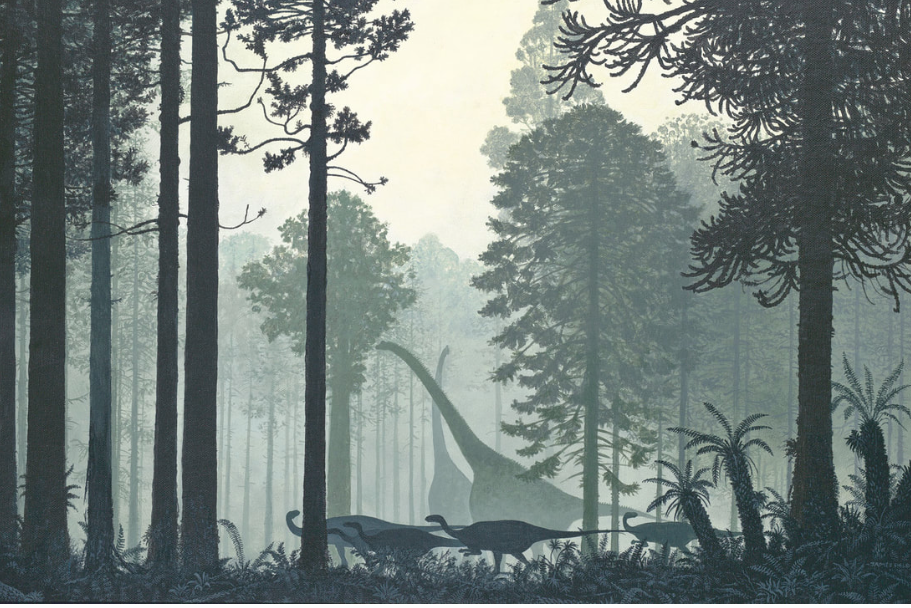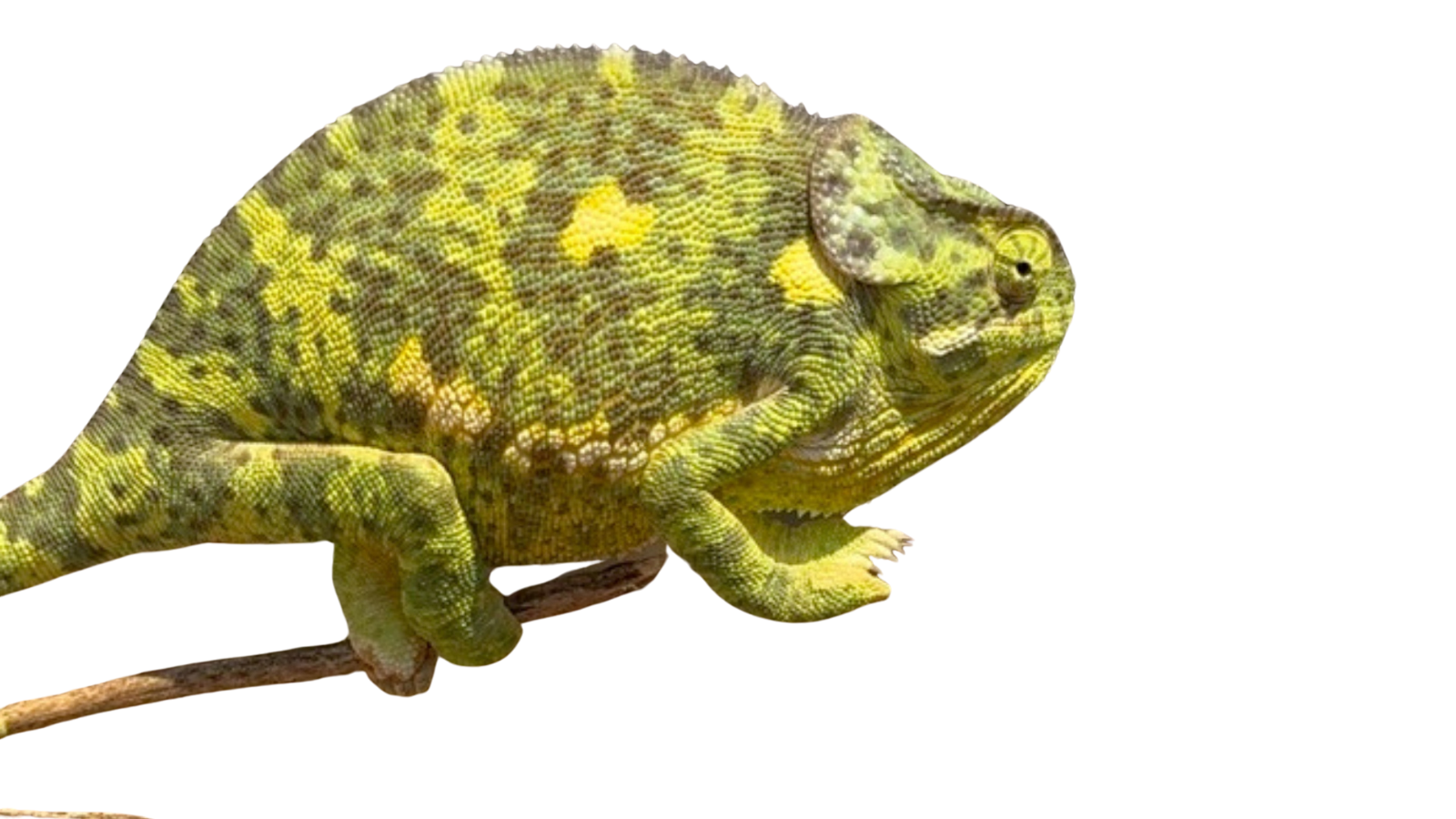Savannas are central to the Bentgrass Blog so you might suspect that this history of herbivory is going to be about savannas. I’m not going to say one way or the other on that count. What I will tell you is that in this next section we are going to investigate the Jurassic through the lens of three Clades of organisms, the gymnosperms (the dominant trees of the era), the mighty Sauropod dinosaurs, and the lowly plant, the horsetail. Some might say that if you mixed those all together in the right way you would get a savanna. I’m not saying I would say that, just saying someone might.
But another thing that I will say is that I don’t want to do the Almanac section. But I’ve said that before. And I keep doing the Almanac Section. That is where I discuss what happened here on the ranch this week, for some reason, even though I could be talking about dinosaurs. By the way, have any of you ever hunted a dinosaur, like, hunted it to eat? They are delicious by the way and I will get back to that in a second.
This week we seem to have hit the high water mark for the moment. We haven’t had too much rain and we must have had some big king tides cause the water has dropped probably four feet in the past few days. Today we went on a walk, at noon, because Abel wouldn’t nap. It turned into a forced march because I led everyone on a path along China Creek on our East side that I thought would be clear since the water went down but… no. We had to turn all the way back around. I had the two-year-old on my back, who eats a ton, and Hanna had Noah, who is only a month old and was screaming because it was raining. Hanna was looking at me with here low-blood-sugar eyes which I have learned to fear.
But we could see over to the corral and there were just thousands of ducks over there, sitting, getting up off the water like the fog when it rolls over beaver hill from the ocean, before plopping back down, splashing and chattering. There were even ducks up in the grass, not geese, ducks. Hundreds of them in groups. Does anyone know what they were doing in the grass? Does anyone know that ducks, all birds in fact, are dinosaurs, just like bats are mammals? Is anyone looking for a duck hunting lease?
Now that the promotional part of this blog post is over we can go back to the Juassic. “Jurassic” is the geo-biological term for the period of time between 200 million and 145 million years ago. During the Jurassic, all the continents were rafted together in the super continent, Pangea. The super continent, had a north south axis and it stretched almost fro
m the north pole to the south pole. This was probably one reason why the Jurassic was very hot and very dry.
During the Jurassic, most modern plant species did not exist, including all the flowering plants or ‘Angiosperms.’ Today, most places in the world, most plants are Angiosperms. But that doesn’t mean that there were just no plants in most places. Those niches today occupied by Angiosperms were occupied by other plant groups. As far as trees go, mostly Gymnosperms.
Gymnosperms, in the form of conifer trees, are familiar to everyone but the Jurassic species aren’t that common anymore. Anyone who lives in a city in California is probably familiar with the monkey puzzle tree, Araucaria. They have that common name because their leaves are so spiny and pokey that it would be a trick for anything to climb on them. They form really tall trees that are all the more striking because of the fact that they shed their branches leaving long, clear trunks.


Some podocarps, another common gymnosperm of the era, are called ‘plum pines’ because they are not only tropical forest gymnosperms, but they have big fleshy edible fruits. Other tropical gymnosperms, such as the cycads, bennitaleans, and ginkgos, were (and in some cases are) insect pollinated. Again, just because there were no Angiosperms doesn’t mean that whole swathes of ecology did not exist, like animals pollinating or dispersing seeds. Remember that for the coming weeks.

So, while I talked about a few plants, I didn’t seem to talk about herbivory in this blog post. However, I did talk about it, and that will become clear next week when we find out why all those trees had spiny leaves, large fleshy fruits, and no lower branches.



